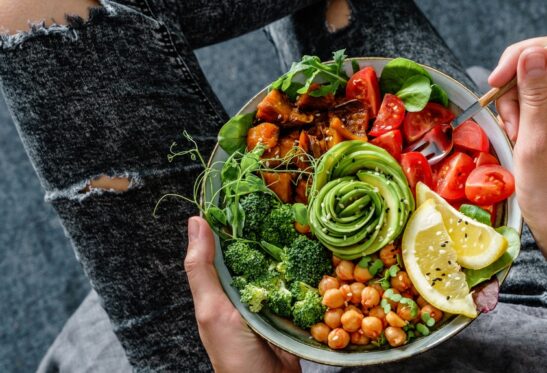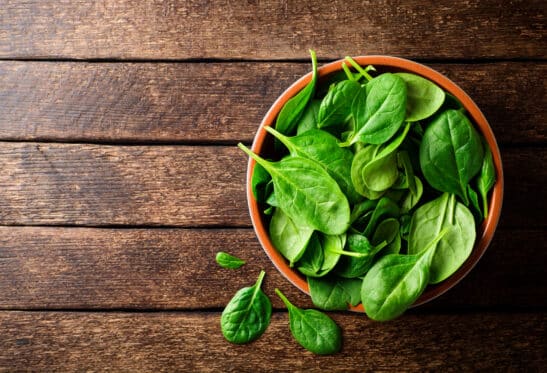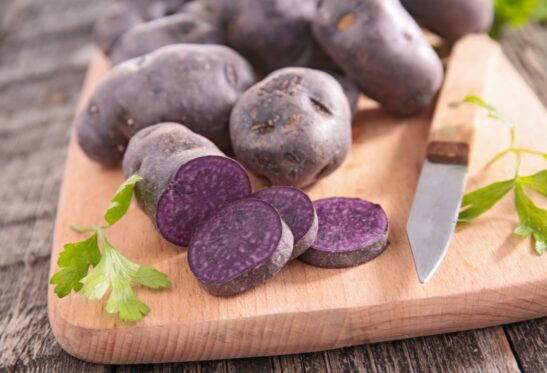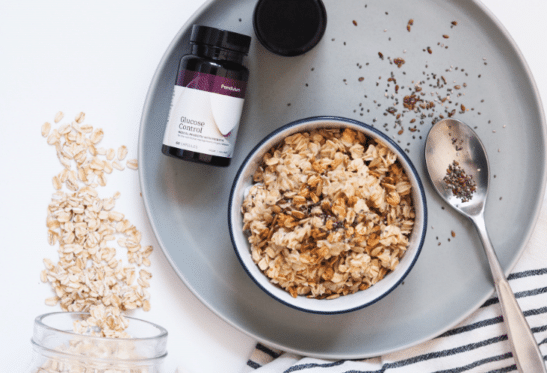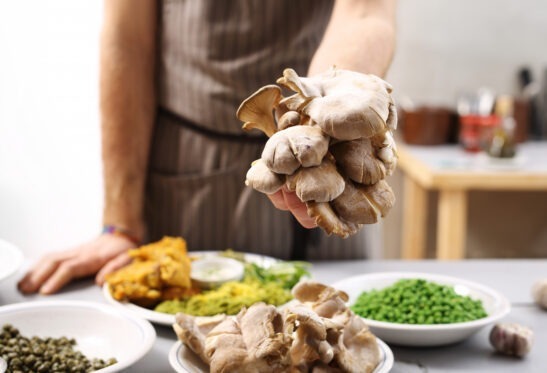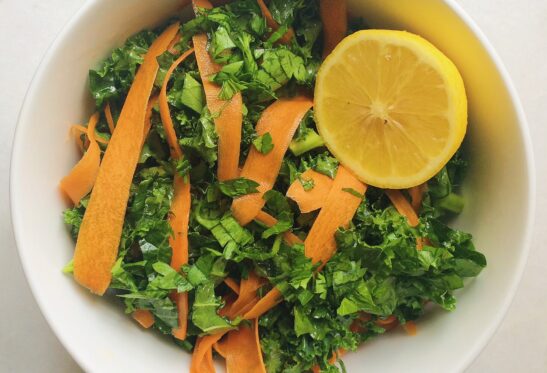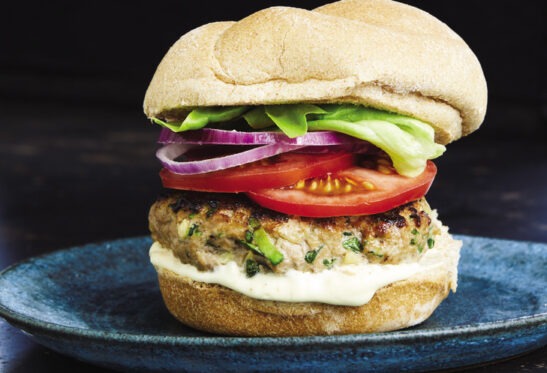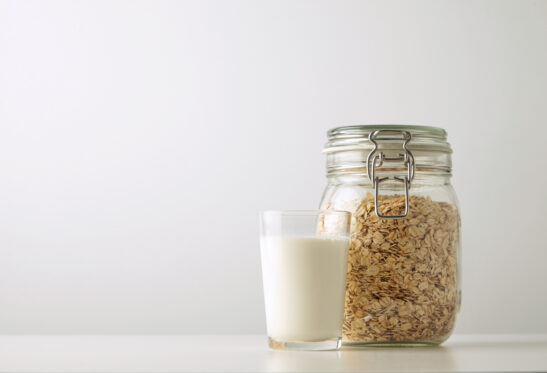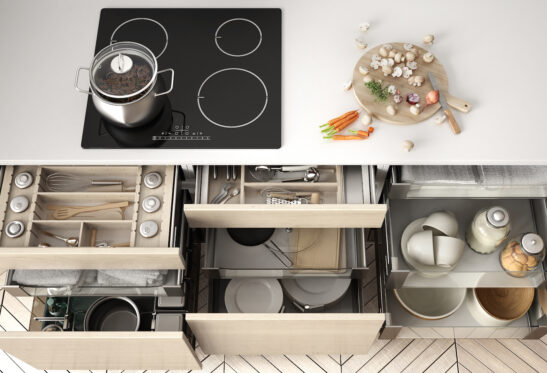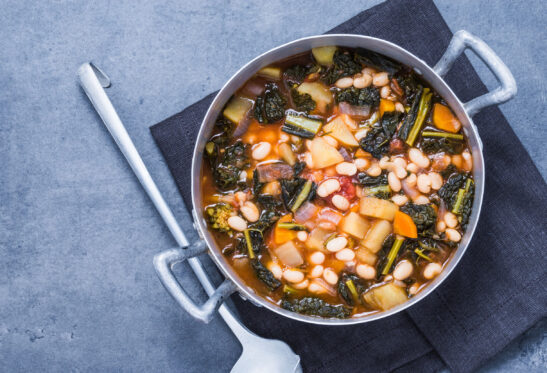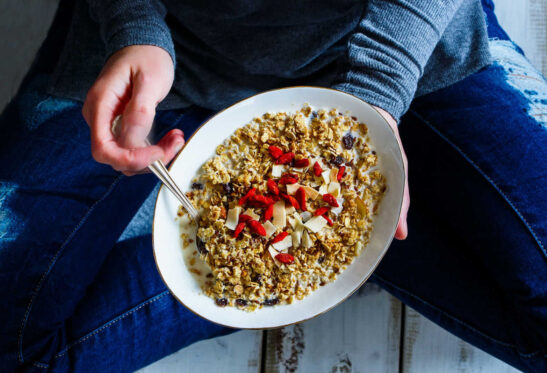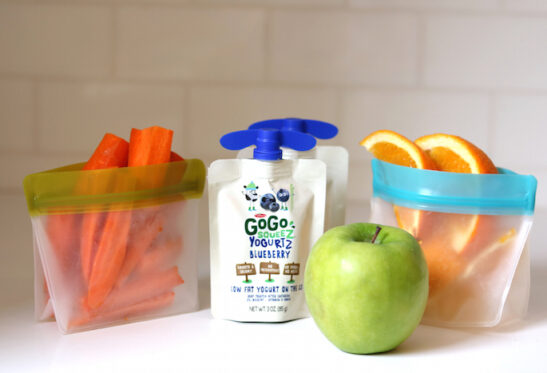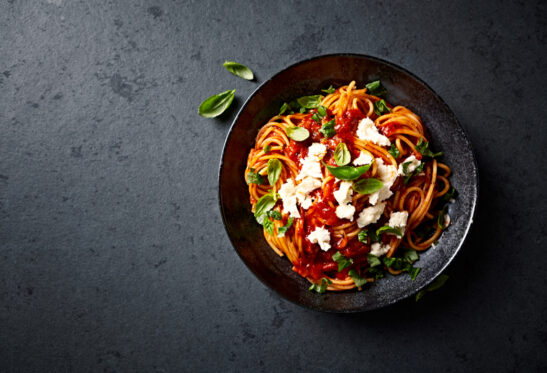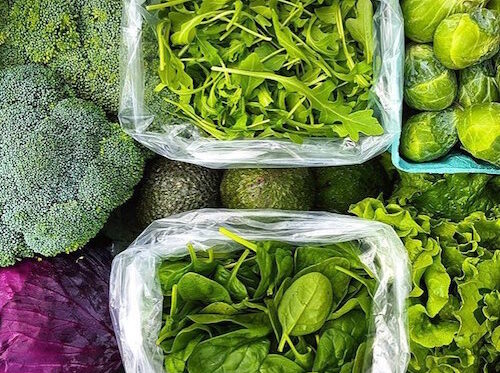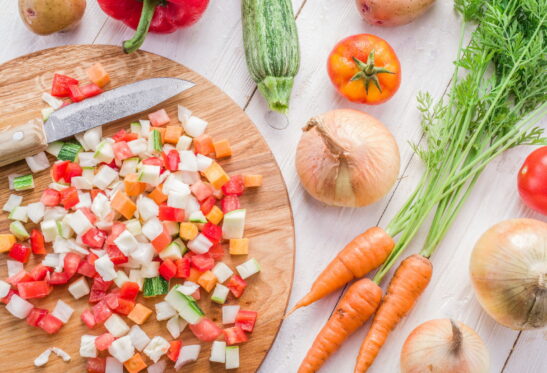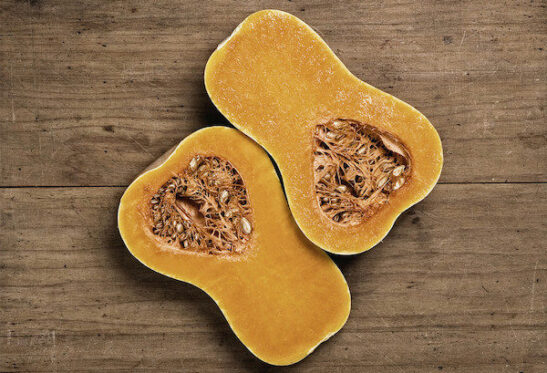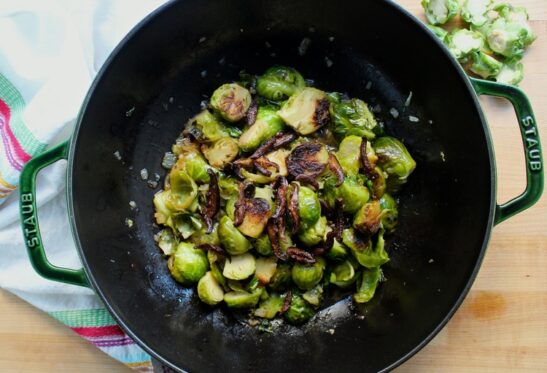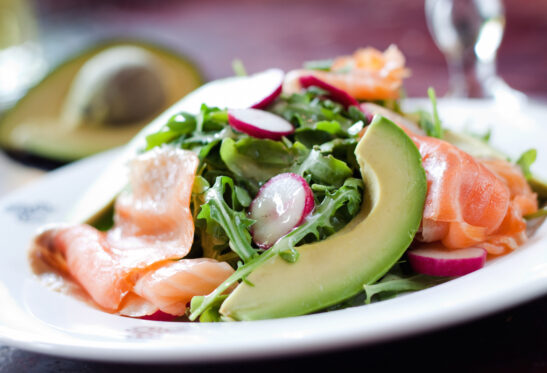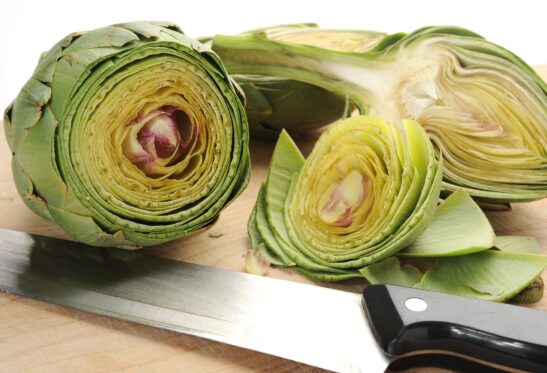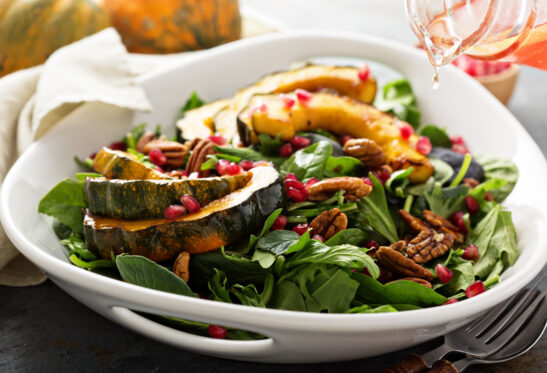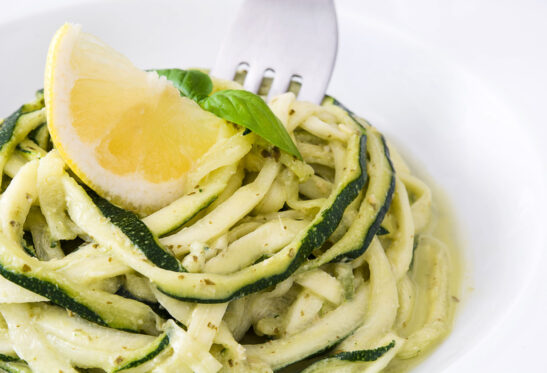 Eat Empowered
Eat Empowered  Healthy Eating Tips
Healthy Eating Tips
Yes, Oats Are Good for You. Here’s How to Choose Between Rolled and Steel Cut Oats
By Keri Glassman, MS, RD, CDNHome » Eat Empowered » Healthy Eating Tips » Yes, Oats Are Good for You. Here’s How to Choose Between Rolled and Steel Cut Oats
Ask Keri: Steel Cut Oats vs. Rolled Oats: Which is Better?
Keri Says: Steel cut oats get a lot of praise, but don’t throw out those rolled oats just yet.
Let’s start with the basics. Both rolled oats and steel cut oats come from the same whole cereal grain. The difference is in the processing. Known in their whole form as “groats,” both have been separated from their hard outer hull to become oats. They still include both the germ (where the healthy, unsaturated fat lives) and the endosperm (where all of that gut-happy fiber and protein reside). They’re also both high in B and E vitamins.
Let’s break down the differences between steel cut oats and rolled oats.
Rolled Oats

During processing, manufacturers first steam rolled oats to prevent them from cracking or breaking. Then, true to their name, the softened oats get rolled through mills to be flattened. This results in their famously known squashed and round appearance. (Picture those little oats dotting the top of a muffin.)
They also come in a spectrum of texture options. Pre-cooked “instant” oats are the thinnest and most processed, which makes traditional “old fashioned” oats even smaller, allowing for the quickest cook time. Meanwhile, some oat manufacturers (such as Hodgson Mill and Bob’s Red Mill) produce an “extra thick” variety of rolled oats. (Wondering if there’s any significant difference in their nutritional profile? Keep reading for the surprising answer!)
Bottom line: Oats are an extremely versatile whole grain with a multitude of uses—from breakfast cereal to granola bars, muffins to smoothies to cookies. Rolled oats are definitely on trend for recipe substitutions and overnight oatmeal prep. Rolled oats’ creamy, soft texture after being cooked makes them equally as suitable for oatmeal as they are for baking.
Steel Cut Oats

On the other, less-processed hand lies steel cut oats, also sometimes called “Irish oats.” The same groats used to make rolled oats are instead chopped into two or three pieces rather than flattened, resulting in steel cut oats’ small, pin-like appearance.
Because of their thickness and chewier texture, they take significantly longer to cook, and they’re not ideal for adding into your flourless oatmeal cookie recipe. Cook up your half cup of steel cut oats for breakfast, and you’ve got a fiber-packed meal that will keep you full and energized until lunch.
Steel Cut Oats vs. Rolled Oats Glycemic Index
Because steel cut oats are spared processing steps, they have a lower glycemic index than rolled oats, making it more difficult for digestive enzymes to break down the starch found in them. This, in turn, slows the conversion of the starches to sugar in the body, and your belly stays happily satisfied.
Steel Cut Oats vs. Rolled Oats Nutrition
When comparing rolled oats vs. steel cut oats, they differ in size, shape, mouthfeel and digestion rate. So it follows that their nutritional value is noticeably different too, right? Well, here’s the counter-intuitive answer: When it comes to macronutrients, these two kinds of oats end up being the same.
We compared the nutritional profile of identical serving sizes of these two kinds of oats from Whole Foods Market, Quaker Oats and Hodgson Mill. Our results match many other reports: There’s no significant difference in the amounts of protein, carbs, fat or even fiber.
Both grains also act as a great source of various micronutrients. The list includes manganese, important for supporting bone health; and biotin, part of the B-vitamin complex crucial for the health of your skin and nervous system. Oats are also high in beta glucan, a go-to source for soluble fiber that helps to lower bad LDL cholesterol in the body. This can lead to better heart health, better stabilized blood sugar, and better digestive health.
Steel Cut Oats vs. Rolled Oats: The Bottom Line
Next time you’re deciding between the kinds of oatmeal, the one sure choice you can make is to eschew the instant variety, unless you find some with no added sugars or sodium. Most premade packets of instant oatmeal typically have lots of added sugars (plus some salt). Quaker does offer one organic instant oatmeal that is strictly rolled oats, but most boxes of instant oatmeal come flavored (maple and brown sugar, apples and cinnamon), which adds 11-12 grams of sugar per serving.
RELATED: Is Natural Sugar Found in Whole Foods Healthier Than Added Sugar?
No matter how you’re cooking or baking with oats, you want to start with a box or tin of either the rolled or steel-cut variety. From that point, given their nearly identical nutritional profile, it’s largely a matter of personal preference. How much time do you have to cook? Which texture do you prefer?
Trying out a new homemade granola or oatmeal cookie recipe? Go for the rolled oats. Craving a hearty breakfast for cold-weather months? Steel cut might be the better option. If you’re looking for tasty ideas about preparing oatmeal, we’ve got you: Check out these recipes and protein-boosting suggestions.
(Images: Shutterstock)
About Keri Glassman, MS, RD, CDN
Keri Glassman, MS, RD, CDN, is a renowned celebrity nutritionist, healthy cooking expert, and wellness thought-leader. She is the founder and CEO of Nutritious Life and The Nutritious Life Studio, an online certification that provides unparalleled, forward-thinking education to individuals of various backgrounds looking to establish successful careers in the health and wellness industry.
RECENT ARTICLES

Want a sneak peek inside the program?
Get FREE access to some of the core training materials that make up our signature program – Become a Nutrition Coach.
Get Access



































































































































































































































































